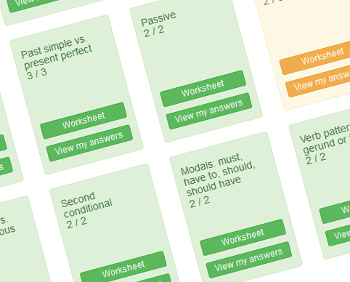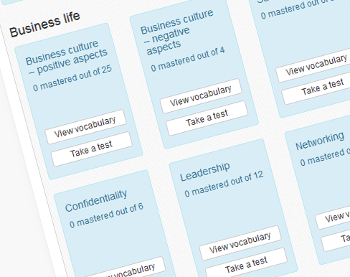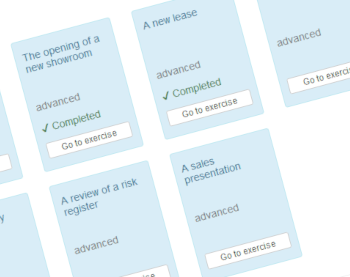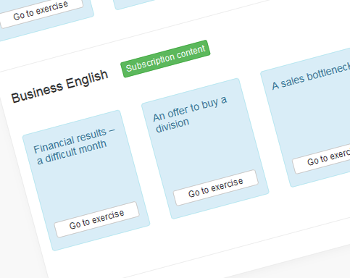Discurso indireto
(Indirect speech)
Introdução
Usamos discurso indireto para relatar o que alguém disse:- Clara: "I’m tired." (Discurso direto)
- Sonia: Clara said that she was tired. (Discurso indireto)
- Peter: She said "I’m hungry".
Ou, você pode usar o discurso indireto:
- Peter: She said that she was hungry.
Form
Ao usar o discurso indireto, o verbo principal de relato da frase é geralmente no passado:- He said ...
- She told me ...
- They asked ...
| direct speech | indirect speech | |
|---|---|---|
| "I'm going to the park." | ➞ | She said that she was going to the park. |
| "You must report to the manager." | ➞ | He told me that I had to report to the manager. |
| "We will do it." | ➞ | They said that they would do it. |
| "Ana can swim very well." | ➞ | I said that Ana could swim very well. |
O tempo verbal do passado simples no discurso direto pode ficar como passado simples para o discurso indireto ou pode mudar para passado perfeito:
| Discurso direto | Discurso indireto | |
|---|---|---|
| "I arrived late, so they sacked me." | ➞ |
He said that he arrived late, so they sacked him.
He said that he had arrived late, so they had sacked him. |
Ao usar o discurso indireto, você pode deixar de fora a palavra "that":
- I said that she should have seen a doctor.
- I said she should have seen a doctor.
Exercício 1
Complete o discurso indireto, alterando o tempo do verbo do discurso direto:
.Quando você usa o discurso indireto, você deve se lembrar de mudar pronomes sujeito e objeto:
| Discurso direto | Discurso indireto | |
|---|---|---|
| "I'm late for work." | ➞ | April said that she was late for work. |
| "I will give you the box." | ➞ | Tom said that he would give me the box. |
Nós também devemos mudar advérbios e locuções adverbiais de tempo e lugar:
| Discurso direto | Discurso indireto | |
|---|---|---|
| "We will arrive tomorrow." | ➞ | They said they would arrive the next day. |
| "The diary is here in my office." | ➞ | He told me that the diary was there in his office. |
Exercício 2
Complete o discurso indireto com os pronomes corretos:
.Se a situação reportada ainda é verdadeira no momento da comunicação, não é necessário alterar o tempo verbal do verbo para o discurso indireto:
| Discurso direto | Discurso indireto | |
|---|---|---|
| "I love my new house!" | ➞ |
Mary said that she loves her new house.
(Isso ainda é verdade. Ela ainda ama sua casa.) |
Mas alterar o tempo verbal também está correto:
| Discurso direto | Discurso indireto | |
|---|---|---|
| "I love my new house!" | ➞ | Mary said that she loved her new house. |
Nas situações a seguir, você deve mudar o tempo verbal:
- A situação relatada mudou ou acabou;
Rose said that she was going to New York.
Não "is going", porque ela está lá agora
- O que foi dito e o que é verdade são diferentes;
She told me she would tell him.
(Não "will tell" porque ou ela não contou a ele ou nós não sabemos se ela lhe disse ou não.)
Quando reportamos ordens, comandos ou pedidos usamos "tell" ou "ask" e o infinitivo com "to":
| Discurso direto | Discurso indireto | |
|---|---|---|
| "Close the door." | ➞ | She told me to close the door. |
| "Please, give me the key." | ➞ | He asked me to give him the key. |
Say or tell?
"Tell" precisa de um objeto:
- Paul told me he was retiring.
- I told him to be quiet.
- We told the teacher that he was wrong.
- Mary said that she was leaving.
- I said she was very noisy.
- They said that the house was very old.
Pratique ainda mais
.Create a free Getting Started account
Related links
The following exercises include use of this grammar structure:
You might also be interested in:
- Business English vocabulary exercises
- Reading Pro account
- Scenario-based dictation exercises – business English Pro account
You might also be interested in:
Iniciante
- Passado simples
- Pretérito Imperfeito
- Presente simples
- Presente contínuo (presente)
- Presente Perfeito
- 'Going to' e 'will'
- Presente contínuo (futuro)
- Imperativos
- To be
- Pronomes: sujeito, objeto
- Pronomes: relativos
- Adjetivos e pronomes possessivos:
- Adjetivos e pronomes: demonstrativos
- Ordem das palavras adjetivas básicas
- Perguntas Quantitativas (pronomes interrogativos)
- Artigos: a, an, the
- Preposições: de tempo e espaço
- 'There is'/'there are' e quantificadores
- Conjunções 'and', 'or', 'but'
- Comparativos / superlativos ('than')
- Zero condicional ('if')
- Primeiro condicional ('if')
- Verbos modais: 'can/can't', 'could', 'will', 'shall'
- Padrões de verbo
- Sequence adverbs
Intermediário
- Pretérito perfeito
- Passado Simples vs. Presente Perfeito
- Passado Simples vs. Passado Contínuo
- Presente perfeito contínuo
- Futuro simples
- Futuro do Pretérito
- Voz Passiva
- Discurso indireto
- 'Used to' / 'would'
- Segundo condicional
- Terceiro condicional
- Orações subordinadas relativas
- Pronomes reflexivos
- Verbos modais: 'must', 'have to', 'should', 'should have'
- Padrões de verbo: gerúndio ou infinitivo
- Advérbios de intensidade
- Ordem dos adjetivos
- Adjetivos: 'ed' ou 'ing'
Gramática
Identifique e concentre-se rapidamente em questões gramaticais
- Grammar worksheets and test
- Scenario-based grammar exercises
- Grammar additional practice questions
- Verb conjugation practice
- Conditionals practice
Improve your grammar
Vocabulário
Vocabulary exercises:Aumente seu vocabulário utilizando nossos três treinadores de vocabulário
- Trainer de vocabulário de Inglês geral
- Trainer de vocabulário de inglês para negócios
- Treinador de idioma
Aprenda vocabulário
Exercícios de ditado
Pratique suas habilidades de escuta e ortografia usando nossos exercícios de ditado:
- Scenario-based dictation exercises - general English
- Scenario-based dictation exercises - business English
- Dictation: focus on grammar
- Números
Exercícios de ditado concluídos
Video aulas
Concentre-se em áreas específicas do inglês empresarial utilizando nossas vídeoaulas
Faça uma aula de vídeo





